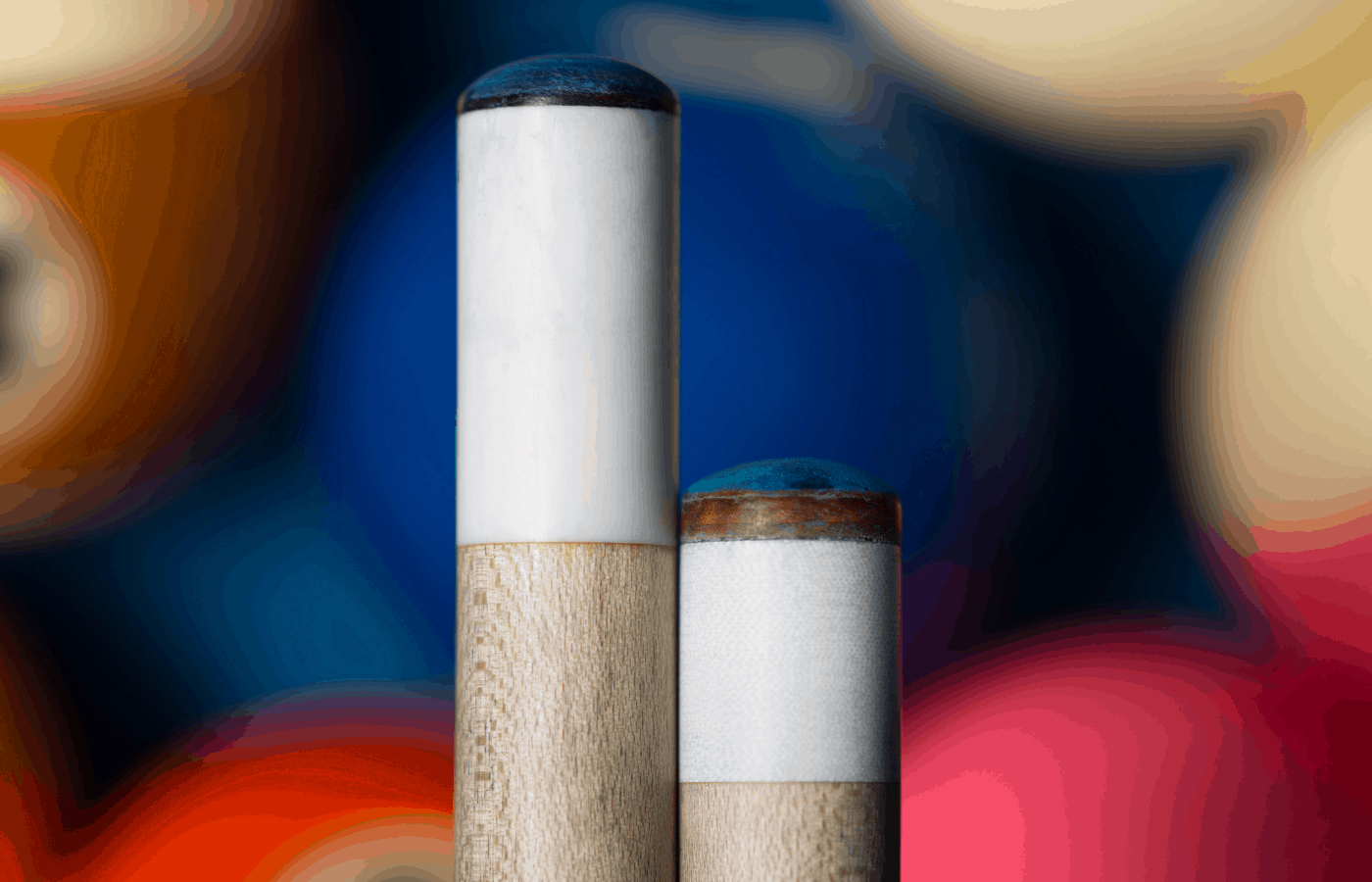There is nothing worse than buying some new, expensive cue tips for your pool stick just to find out that they are too hard. It happens incredibly often, but there is no need to worry. Most people feel that the hardness of the cue tip doesn’t make any difference while others do. It is completely personal preference, and if you want to soften tips that are too hard, you can.
There are a few different ways that you can soften your cue tip. The first method is to heat up the cue tip with steam. The second method is by soaking the cue tip in milk.
The first time you try to soften a pool cue tip should be an experiment and not a tip that you actually plan on using. This will give you an idea of what exactly will happen to the tip during the softening process, and you can decide if it is something you want to move forward with or not.
How Do You Soften Pool Cue Tips?
There are multiple different ways that you can soften a pool cue tip that is too hard. Before you start any process of softening the pool cue tip, you will need to make sure it isn’t attached to the shaft. The first method is increasing the temperature of the tip.
The purpose of heating up the tip is to expand it and help the molecules move away from each other. You should never use a flame to heat up the tip as this can cause damage. The best way to heat up a tip is with steam. Steam has the ability to safely expand the tip and allow moisture to settle and fill in the new gaps of the molecules that make up the tip.
The next method is to soak the tip. It is a common practice to soften the cue tip by soaking it in milk. The water in the milk works to loosen up the molecules that sit so tightly together in the tip. As the tip expands, the organic molecules of the milk fill in the gaps between the molecules. This method is very safe and doesn’t require much effort.
How Do You Sand a Pool Cue Tip?
In some cases, your pool cue tip might lose its shape. This can happen when the stick hits the ball in the wrong spot, and it can be frustrating. This is a very common problem, and luckily it has an easy fix. There are a few different ways you can sand your cue tip to reshape it.
Using sandpaper, hold your pool cue tip and rub with the sandpaper. Work with strokes going in only one direction. It is recommended that this direction starts at the top of the tip and moves toward the bottom of the tip. It is also recommended to rub at a 50-degree angle while turning the cue stick to rotate the cue tip.
To properly shape your cue tip, sanding will take just a minute or two. If you want to take your time, it won’t do any damage if you work at a slower pace and take a couple of extra minutes to make sure it’s perfect.
If you don’t want to use sandpaper to sand your cue tip, you can also use a tip shaper. You should be able to find a tip shaper at any pool hall that sells equipment, or you can find it online.
The shaper is a really neat tool. It has a curved hole with an abrasive paper on the inside. Place the cue tip shaper on the ground with the abrasive part facing up. Flip your cue stick and put the tip into the shaper. Roll the cue back and forth between your hands, and your cue tip will quickly be shaped properly again.
Do Pool Cue Tips Dry Out?
This isn’t something you think about very often because it doesn’t seem like it would be an issue. However, over time, pool cue tips can dry out. The length of time it takes to dry out will depend on the material it is made out of, but you should keep an eye on it to see where it is at in the process.
Some cue tips will dry out within six months of it being on your pool stick, while others can take years. When the tip does dry out, you will need to replace it. You will first remove the dried tip that is on the pool stick with a sharp razor blade. Next, wash the ferrule completely as this step is essential.
Get the new pool cue tip ready to be installed. Choose the tip you are going to put on and use sandpaper to rough up the surface that is going to be glued to the stick. Place the tip in place on the ferrule and center it the best you can. Shape the tip by sanding it and you will be ready to use it.
What Hardness of Cue Tip Should I Use?
There are four different types of cue tips that you can choose from. There are soft tips, medium-hard tips, hard tips, and phenolic tips. Each has a different hardness and will have different impacts on your game. The hardness will be completely up to your personal preference, but it helps to know what the differences are between them.
First up are the soft cue tips. These will absorb energy when you hit the ball, causing the tip to stay in contact with the ball for an extra second. These tips tend to lose their shape over time and will need more maintenance.
Next are the medium-hard tips. These are going to be the most common cue tip because they are used more than any other type. With this hardness, you will be able to play consistently while having as much control over the ball as possible. These tips will require less maintenance than soft tips.
The hard tips will absorb less energy when you hit the ball. This will typically result in less spin than you would get from other tips. Hard tips will last longer than soft and medium-hard tips, so they require less maintenance. It is more likely that hard tips will cause a miscue than the other two.
Finally, there are phenolic tips. These cue tips are made from carbon fiber and are just as hard as the cue ball. They will transfer as much energy to the ball on impact as possible and requires no maintenance at all.
These pool cue tips from Gejoy offer a cue tip that is good quality, high density and a good amount of hardness.
Final Thoughts
If you accidentally buy some new pool cue tips that are too hard for your liking, you can soften them up. The process is easy and doesn’t require much effort from you. You can heat up the cue tip with steam or soak it in water. By doing this, the molecules of the tip will expand and make room for water molecules to take their place.
The proper hardness of the pool cue tip depends on your own personal preference and how you play the game. Soft tips will absorb energy from the ball, hard tips will transfer some energy to the ball, and phenolic will transfer all the energy to the ball.


